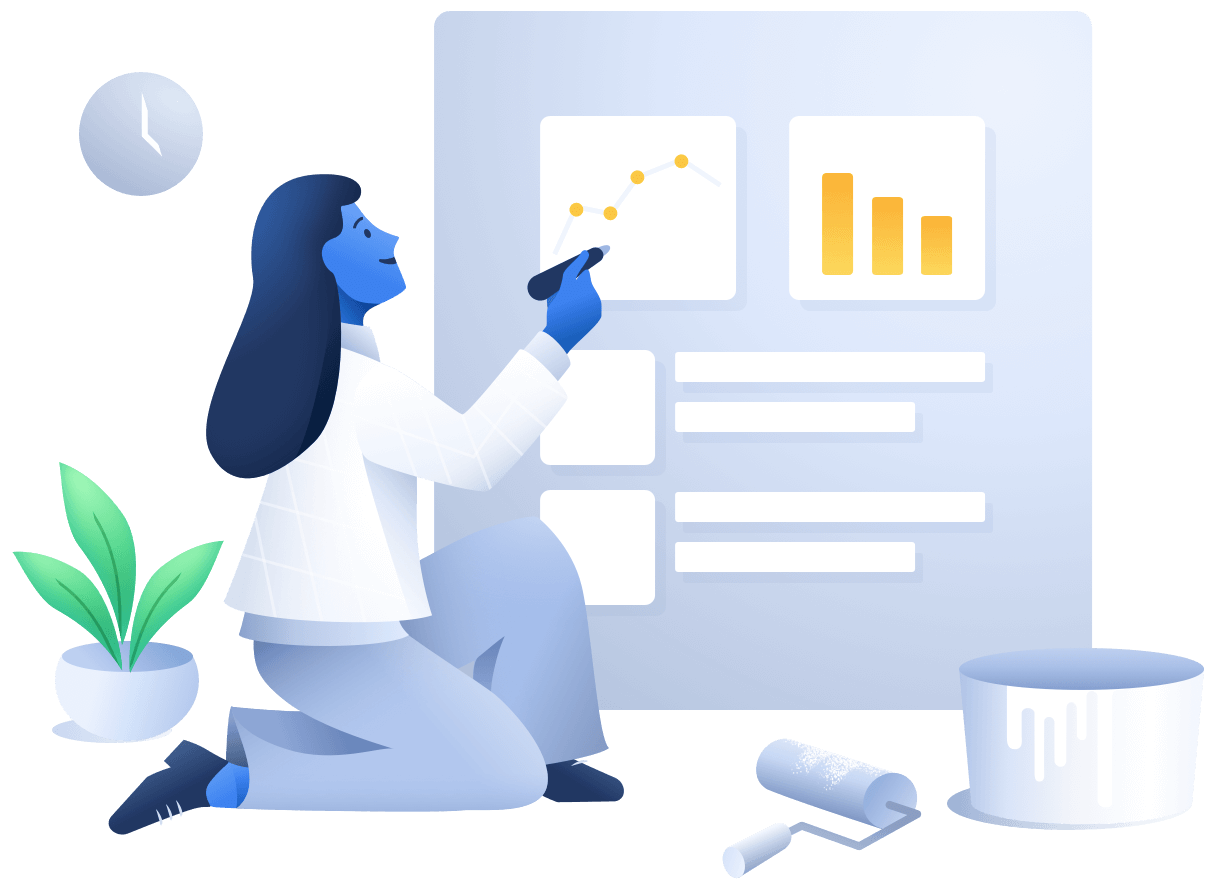Navigating the Open Sesame Experiment Platform: A Step-by-step Guide

The world of psychological research is ever-evolving, and tools such as the Open Sesame Experiment Platform have proven invaluable in conducting online experiments effectively. With a growing shift towards remote studies, understanding how to set up a digital cognitive task or behavioral experiment is instrumental for every scientific researcher.
Getting started with the Open Sesame Experiment Platform:
The Open Sesame Experiment Platform, primarily used for running cognitive tasks, is designed to be straightforward and easy to use. It offers an intuitive interface that makes designing, creating, and running experiments accessible for various research interests, from behavioral experiments to more complex cognitive experiments.
Leveraging jsPsych, a JavaScript library for running behavioral experiments in a web browser, the Open Sesame Platform has become a strong ally when it comes to conducting remote studies. To access the platform, simply head over to www.cognition.run.
Steps to Setup an Experiment:
Once on the platform, you'll find a step-by-step guide inclusive of the following aspects:
- Creating an experiment: The first step involves designing your experiment by selecting specific stimuli and responses.
- Previewing the experiment: After creating the experiment, you can preview it to ensure everything is functioning as planned.
- Deploying the experiment: Once satisfied with the experiment's layout and functionality, the next step involves deploying it online for participants to take part.
- Analyzing results: After data collection, you can then analyze the results directly on the platform.
Where to Find Documentation:
The Open Sesame Experiment Platform provides an extensive Online Documentation section. Here, you'll find more detailed guides on how to build and run your experiment, from the basic setup to more advanced settings.
What are the Next Steps?
Once you've mastered the setup process, you may further delve into creating more defined and specific cognitive tasks. You might also consider expanding your participant pool or even collaborating with other researchers to devise more comprehensive and robust experiments.
Remember, patient practice makes perfect. Don't be discouraged if your first few attempts aren't as seamless as you'd hope; even seasoned researchers face occasional glitches in their experimental designs. Hang in there, and know that each effort brings you one step closer to mastering the world of online experiments.
Conclusion:
Running online experiments can be challenging, but platforms like Open Sesame Experiment can make this process much easier. By following this guide, launching your first cognitive or behavioral experiment will be a breeze, allowing you to focus on the fascinating findings your research will undoubtedly uncover.